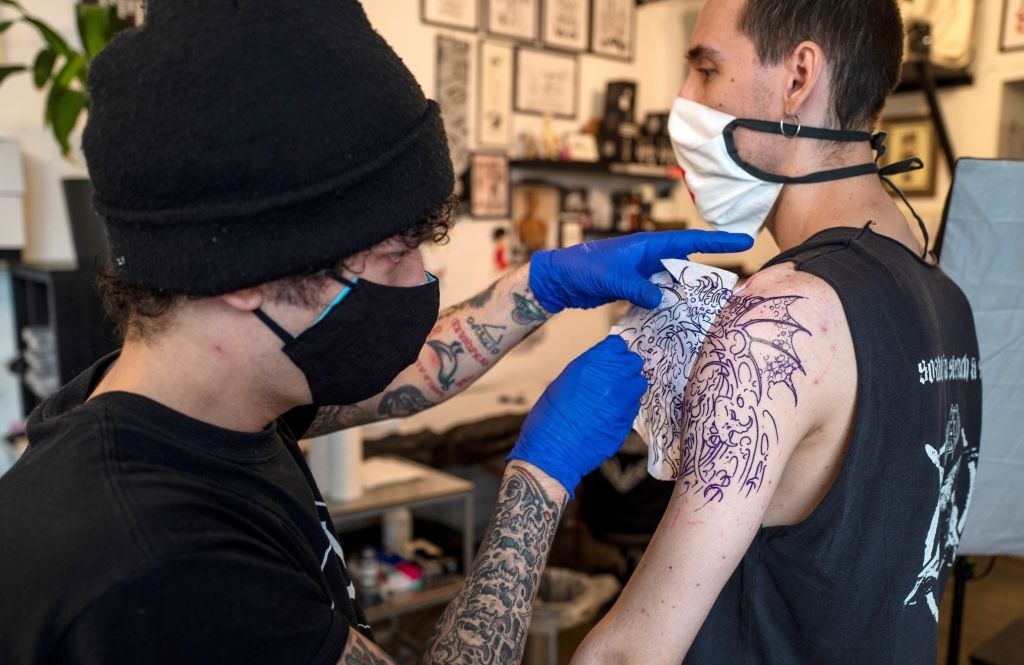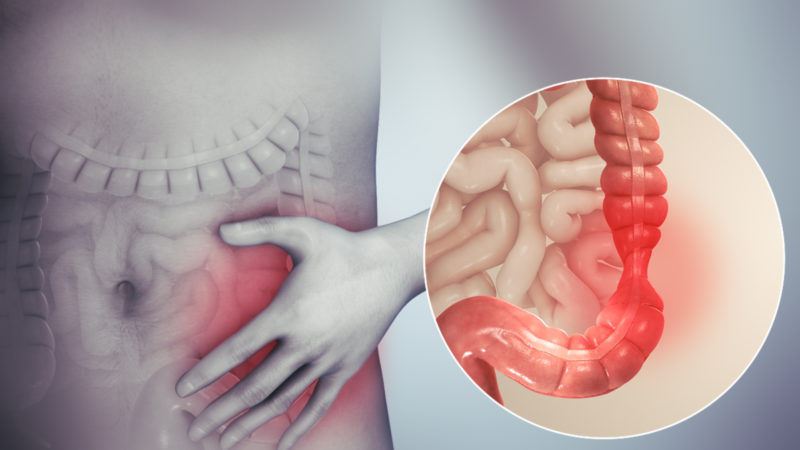Everything You’ve Ever Wanted to Know About Tattoo Removal

There are a large number of reasons due to which you might want your tattoo removed like, you were drunk when you got the tattoo, your tattoo artist messed up, or it just simply doesn’t look good anymore on your skin. Regardless of your reason, it is important to understand the entire tattoo removal process before actually getting a tattoo removed.
The first thing you must do is find an experienced professional in this particular field. After that, you need to examine your tattoo and determine a few things, like the size of your tattoo, the age of your tattoo, and the design of your tattoo. These things play a great role in deciding the time that the tattoo removal process will take in your case. Usually, the sessions are divided into multiple days.
Only a few people would have imagined getting their tattoos removed during being inked, and rightly so because a permanent tattoo is meant to be permanent, and this was even the case until the recent past. People believed that the tattoo removal process to highly harmful to their bodies. But as the technology grew, the entire process became way more hospitable with almost negligent side-effects. Let’s understand more about the process and the side effects of tattoo removal services.
The process
It is important to understand that Tattoo removal is not magic; there is a method involved in making this seemingly impossible task possible. The professional uses powerful lasers that break down the pigment from your healed tattoo in this process. Solid pigment particles attached to your skin are broken down into small pieces until they are small enough to be processed out automatically by your body’s immune system. Remember, no matter how strong the laser is or how successful the process is, tattoo removal will not make your design disappear 100%.
The time required for your case depends upon many variables like your tattoo’s design and size. Another thing that plays a great role in deciding how effective the whole process will be is the tattoo placement; areas like the toe, ankle, finger, hand, or wrist will be difficult to work on in comparison.
Due to the vast number of variables involved, a study suggests that most people who come for removal don’t want to make the tattoo disappear completely. All they want is the ink to be faded, which is less risky and resultantly takes less time.
Side effects
As per a study, we can say that the chances of you facing the side effects of the tattoo removal process are very low if the treatment procedure is properly followed. Usually, when it is the case, it is due to the lack of proper aftercare, which makes people suffer from skin blistering. Another great role in this factor is your skin’s reaction to the laser treatment. In some cases, the laser destroys melanin in the area.
According to a study, people’s skin tones also affect the possibility of side effects. People with darker skin tones are most susceptible to hyperpigmentation, which means the area where lasers have been used ends up being disproportionately white.
Cost
The total cost you will pay depends upon the clinic you visit for your treatment. The cost is charged by one of the following factors or a combination of these factors: Generic size, size by the squire inch, or a flat fee. To get the right idea of the actual cost for your tattoo removal process, it is considered best to consult your Dermatologist before your initial treatment.
Aftercare
As mentioned above, the chances of potential side effects of the process are almost negligible unless there is irresponsibility during aftercare by the patient or the clinic. After your treatment begins, it is considered best to avoid swimming for at least ten days and avoid direct sunlight and exposure to heat. It is best to avoid getting too warm and stay away from saunas or exercising.
Along with these requirements, it is also recommended to wear proper SPF sunscreen to ensure that your skin is not exposed to UV rays during the treatment.






